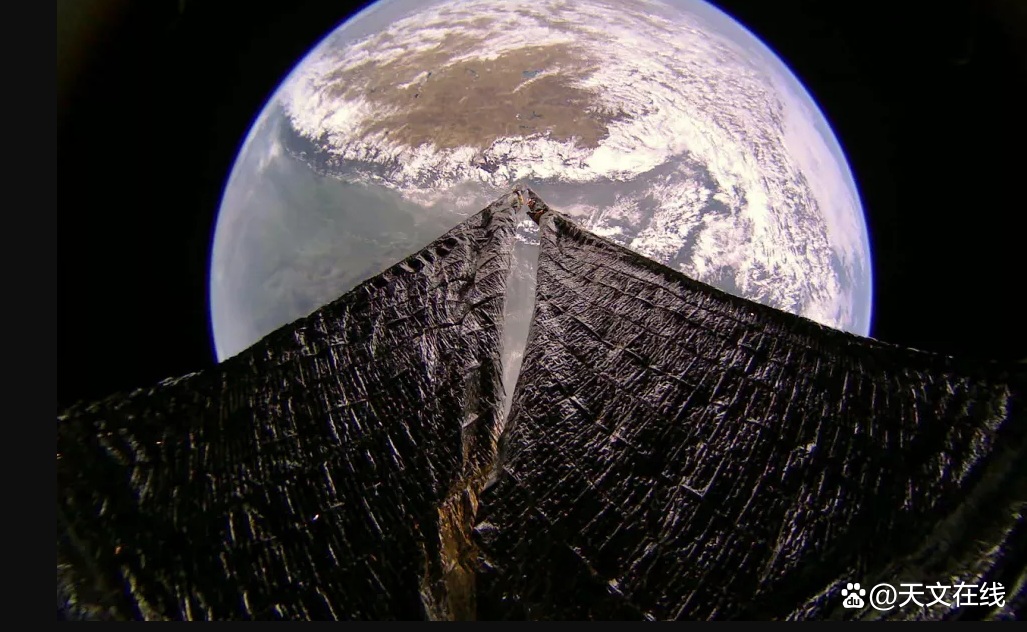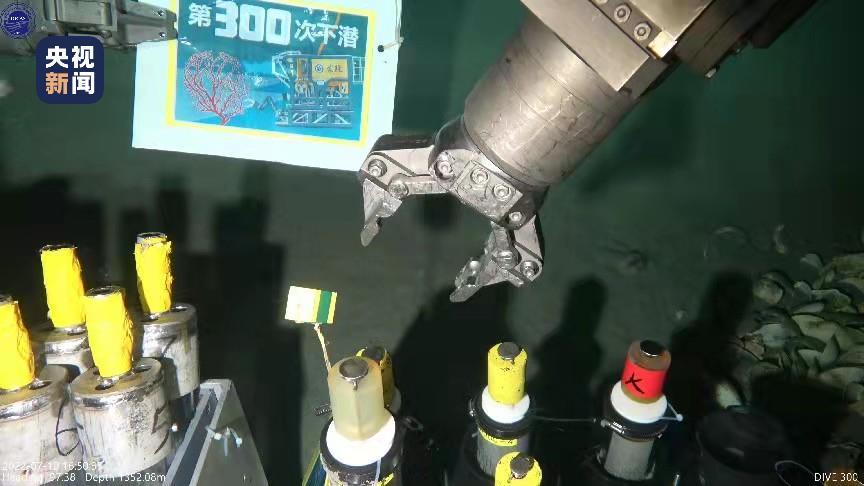Why do cactus president assassin?
Author:China Popular Science Expo Time:2022.07.08
When it comes to the cactus, what will be the first to think of in your mind? Is it that "spike"? Or "leaves" like palms? I still remember seeing the cactus for the first time when I was a kid. In curiosity, I reached out to touch the thick "leaf" of the cactus. I suddenly tingled, and I shrank and found that many pointed stabbing on my fingers. This "curiosity journey" still makes me remember.
After many years, I saw the introduction of the cactus in the book to know that I have always had a little deviation of the cognition of the cactus. It turned out that the leaf of the cactus that had picked up the cactus! The harsh environment does not limit its growth, and the cactus even uses its own wisdom to create a pair of "wind armor".

Fairy palm picture Source: nwf.org
"Leaf" non -leaves, "thorn" non -thorns
The "cactus" we often say is actually a big family. There are a lot of members in it, but the topic we are going to talk about today is not how many species there are in the cactus, but a very special morphological pattern of these plants -thorns (thorns (thorns (thorns (thorns (thorns (thorns (thorns ( Spines). If you look closely at the "blades" of the cactus, we will see the sparsely distributed small 窠 (kē) on it; the small 窠 is mostly circular, with a diameter of about 3-5 mm, and there are many small thorns on the top.

Xiaoyu on the cactus and the spikes above the sources of the spikes above: pOPSCI.COM
In fact, these spikes are the real leaves of the cactus, but they have become extremely degraded, and they do not have the appearance of the leaves of our common plants at all. These highly specialized leaves are the weapon for cactus to prevent herbivores, and can also help prevent water loss. And we often think that it is the part of the leaves, but it is actually just a cantonic stem. In the absence of true leaves, the cactus rely on these fleshy flat stems for photosynthesis.
Why does the leaf of the cactus degenerate into this and the leaves that can't be played with the leaves? This has to start with the environment where the cactus is located. Fairy palm is native to the Americas and is widely distributed in desert and arid areas in Brazil, Paraguay, Uruguay, and Argentina. These areas have been hot and dry all year round. Strangely. In a word, the cactus is really "leaves" non -leaves, "thorn" non -thorn, "thorn" is the degeneration of the leaves, but the stems grow into leaves.

Fairy Palm grows in the arid and hot environment.
Although the thorn is small, it can work big
Although the leaves of the cactus no longer have the ability to optimize the photosynthesis, they are degraded into spikes, but as the saying goes, it is reasonable to exist. These spikes also have an unexpected effect.
As mentioned earlier, the stabs of cactus are a good armor for them, which can be used to prevent the feeding of herbivores, but their effects are not limited to this, small spikes, but also have great functions.
Everyone guess, what is the picture below? Is it like a snowflake?

White Xing's thorn, like a snowflake picture source: popsci.com
In fact, this is a staber of the cactus called Mammillaria Plumosa. This kind of thorns, like photography umbrella, is a light regulator that can be shot light, which means that they can spread the light to a larger area. This ensures that even if the cactus grows in a cool place, it can get enough light to perform photosynthesis.
In addition, the thorns of the cactus also have the effect of water collection. If we observe the stabs of the cactus under the microscope, we will find that there are many small spikes on the seemingly smooth thorns. These spikes will help help When the water vapor condensates, when the water vapor is condensed into a water droplet, it will follow the stabs of the cactus to the soil. It is also a measure to adapt to the drought environment.

Entry's stab picture source: popsci.com
In addition to defense and collecting water, the stabs of the cactus have other wonderful uses. Friends who have planted cactus may know that every stem of the cactus has the ability to take root in the soil and grow into a new individual. Some cactus's stems are easy to break. They are pierced on the animal's stems on the animals that spread to a farther place.
Hey, the small spike contains the great wisdom of plants.
Pull out the annoying thorn
Although the stabs of the cactus have a variety of effects on the cactus, these little thorns are too annoying for us to humans. When I was a kid, I touched the cactus because of curiosity, but the process of handling these thorns afterwards made people say "Why can't I control this hand"?
Of course, the attacks of these thorn are not fatal, but the tip of many cactus's thorns will have inverted hooks. After the inverted hook is tied into the skin, it will stimulate the skin or cause infection. A long time of pain.

Source of the tip of the fairy palm thorns: reference 2
After being stabbed by the cactus, we better deal with the meat stems connected to the thorns first, and then decide how to deal with the type of thorns.
The stabbing of the cactus is the easiest to deal with it. It is a lot of good things, but if the stabbing that is like a spear with a spear that is mentioned earlier is tied into the skin, it needs to be dealt with more detailed. We can try to pick the remaining thorns with a disinfected needle or tweezers. Of course, we can also try to use sticky items such as tape to try to pull out the skin out of the skin. Do n’t try to do this job with your mouth and teeth. Small hooks into your mouth may cause “big tragedy”. However, isn't the plant of the cactus looking at it from a distance? After all, people have told us with practical actions -I am dangerous, and it will become unfortunate.
Produced: Popular Science China
Author: EVEE (School of Life Sciences, Peking University)
Producer: China Science Popularization Expo
references:
[1] MAUSETH, J. D. (2006). Structure – Function Relationships in Highly Modify Shoots of Cactaceae. Annals of botany, 98 (5), 901-926.
[2] LIU, H., LIU, S., Jiao, J., Lu, T. J., & XU, F. (2017). Trichomes as a natural biophysical barrier for plants and their bioinspired applications. ), 5096-5106.
The China Science Popularization Expo is the Science Popular Science Platform of the Chinese Academy of Sciences. It is sponsored by the Computer Network Information Center of the Chinese Academy of Sciences. Relying on the high -end scientific resources of the Chinese Academy of Sciences, it is committed to spreading cutting -edge scientific knowledge and providing fun science and education services.

- END -
set sail!What kind of task will be there in Guangfan No. 2?This is the sun and earth in its eyes

The prototype of this solar ship was built by the planet society to experiment wit...
"Discovery" underwater cable controller completes the 300th research task

Recently, the Discovery underwater cable control (ROV) accurate landing mother shi...